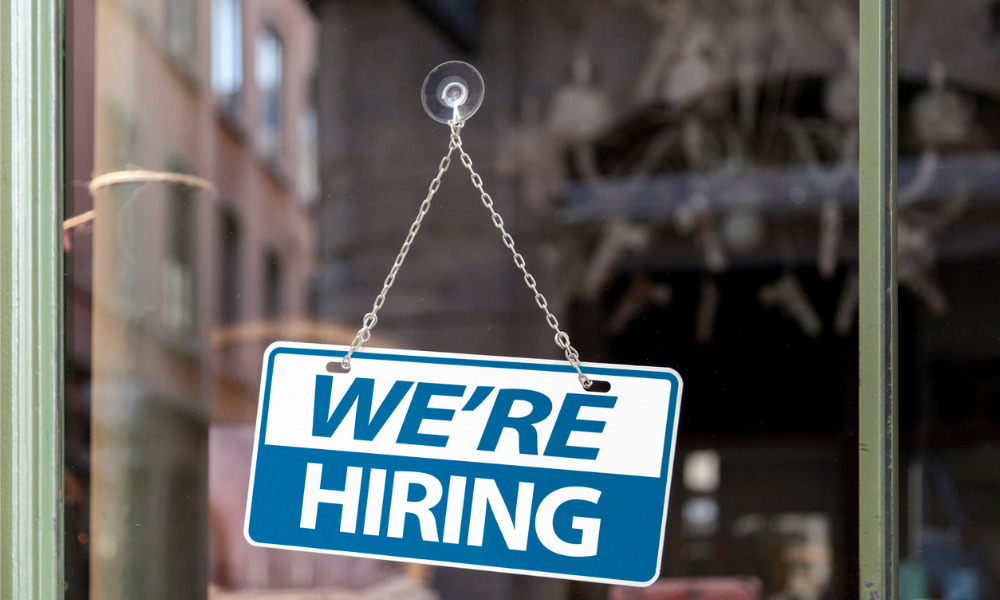
Some industries reporting openings up more than 200% from start of the pandemic

The number of job vacancies reached "record highs" after it hit 396,000 in November 2021, according to the Australian Bureau of Statistics (ABS), reflecting the high demand for workers as more businesses emerge from lockdown.
The ABS said in a statement that November's figures were 74% higher than the start of the pandemic, or equivalent to 169,000 more job openings. Bjorn Jarvis, head of Labour Statistics at the ABS, said the high level of job vacancies is reflective of the current situation.
"These figures continue to show the high demand for workers from businesses emerging from lockdowns, together with ongoing labour shortages, particularly in lower paying industries," Jarvis commented in a statement.
According to the ABS, job vacancies in all industries were much higher than the start of the pandemic in February 2020. The arts and recreation services reported a 271% increase than the start of the pandemic, accommodation and food services saw a 211% hike, rental and real estate services recorded a 165% surge. Administrative and support services saw the lowest increase in job vacancies, but it was still 28% higher than the beginning of the pandemic.
"Job vacancies were also elevated in all states and territories, ranging between Western Australia, where job vacancies were 120% higher than before the pandemic, and 49% in the Australian Capital Territory," said Jarvis.
Read more: ABS doubles women bosses thanks to blind recruitment
By quarter, there was a 19% increase recorded by the ABS over the quarter, which "coincided with the easing of lockdown restrictions in New South Wales, Victoria and the Australian Capital Territory". The private sector also saw a higher rise in job vacancies with a 19% hike, compared to the public sector with a 10% increase, according to the ABS.
The arts and recreation services still tallied the higher percentage increases in job vacancies per quarter with 89%. It was followed by accommodation and food services with 66%, then rental, hiring and real estate followed with 47%.
"These were the three customer-facing industries that also experienced the largest falls in vacancies in both May 2020 and August 2021," said the ABS.
The May 2020 decline in job vacancies was the time when Australia was confronting the initial wave of COVID-related restrictions. The August 2021 drop, however, was due to new curbs stemming from the spread of the Delta variant.
The huge number of job vacancies could also reflect Australia's shortage of workers, according to a Bloomberg report, as the Omicron variant further knocks down the number of available to staff who are now either in isolation or sick.
An example of this is supermarket operator Woolworths Group reporting last week that over 20% of its staff in distribution centres and 10% of employees in stores are not working because of COVID-19.
Australia is now seeing a strain in supply chains as an effect, said Bloomberg, prompting groceries to impose purchase limits and for Prime Minister Scott Morrison to meet with industry groups regarding the problem.
Morrison is looking into the relaxation of isolation protocols for workers, amid opposition from unions that are instead calling on the government to make Rapid Antigen Tests more accessible for all.